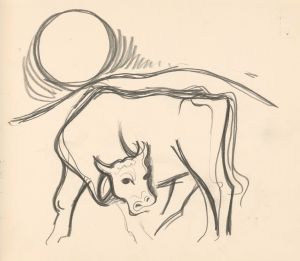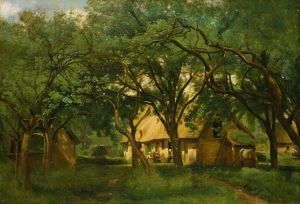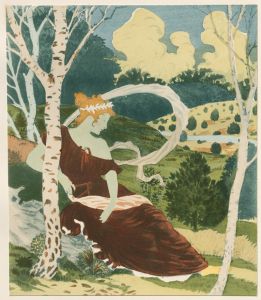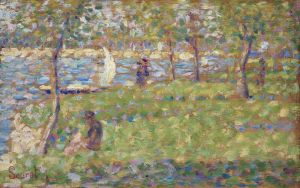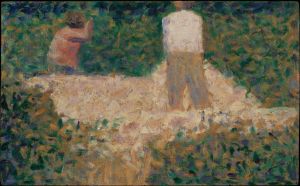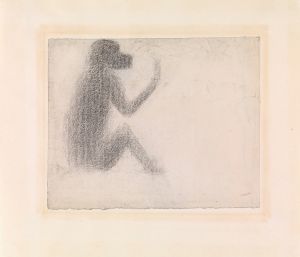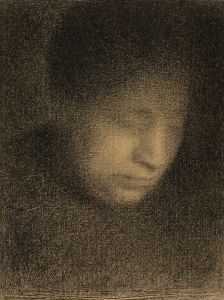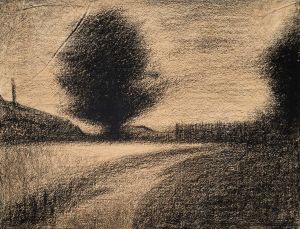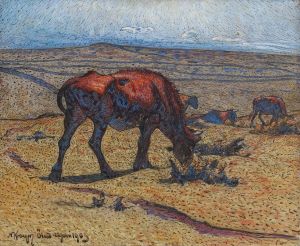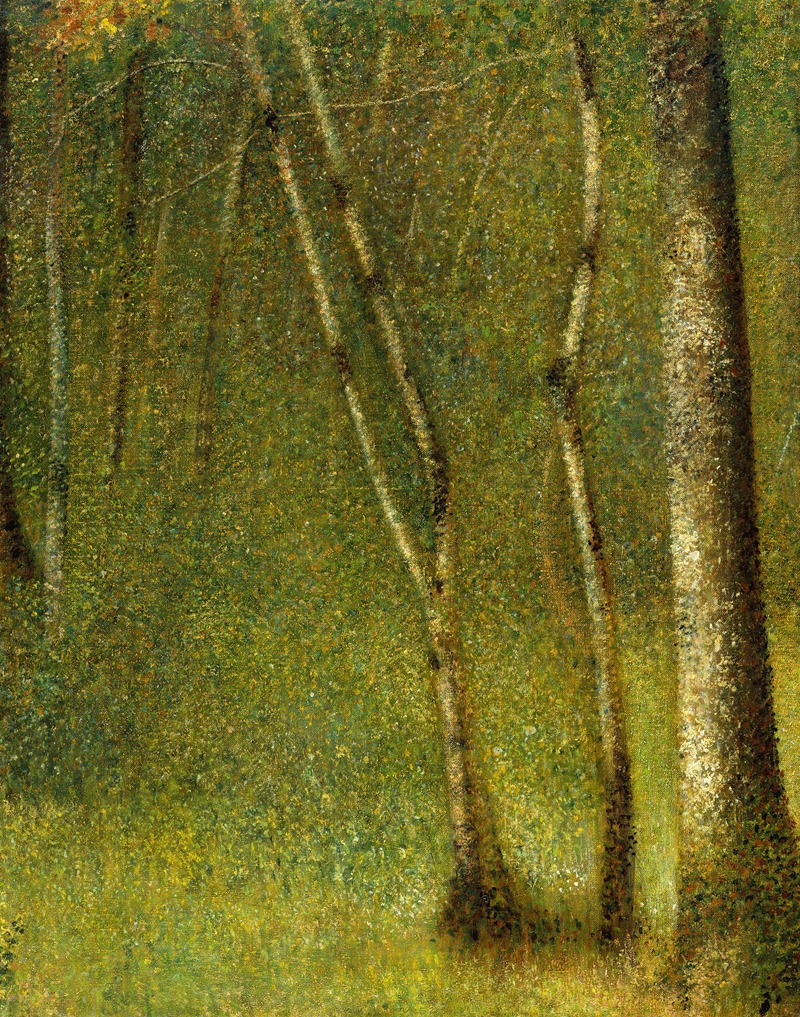
The Forest at Pontaubert
A hand-painted replica of Georges Seurat’s masterpiece The Forest at Pontaubert, meticulously crafted by professional artists to capture the true essence of the original. Each piece is created with museum-quality canvas and rare mineral pigments, carefully painted by experienced artists with delicate brushstrokes and rich, layered colors to perfectly recreate the texture of the original artwork. Unlike machine-printed reproductions, this hand-painted version brings the painting to life, infused with the artist’s emotions and skill in every stroke. Whether for personal collection or home decoration, it instantly elevates the artistic atmosphere of any space.
Georges Seurat, a French Post-Impressionist painter, is best known for pioneering the technique of Pointillism, a method of painting using small, distinct dots of color to create an image. Among his works, The Forest at Pontaubert is a lesser-known piece that reflects his interest in landscapes and his meticulous approach to composition and color theory.
The Forest at Pontaubert was created in 1881, during Seurat's early career, before he fully developed the Pointillist technique for which he is most famous. This painting depicts a serene forest scene near the village of Pontaubert in the Burgundy region of France. The work showcases Seurat's early exploration of light, shadow, and natural forms, as well as his interest in capturing the atmosphere of rural landscapes. Unlike his later works, which are characterized by the precise application of dots, this painting employs more traditional brushstrokes, though it still demonstrates his careful attention to detail and structure.
The painting is notable for its subdued palette and the way Seurat uses tonal contrasts to create depth and texture. The interplay of light filtering through the trees and the dappled shadows on the forest floor suggests a quiet, contemplative mood. This work is an example of Seurat's transition from academic training to his innovative techniques that would later define his career.
The Forest at Pontaubert is part of Seurat's early body of work, which includes studies and paintings that focus on landscapes and natural settings. These pieces provide insight into his artistic development and his growing interest in the scientific principles of color and perception. While this painting does not employ the Pointillist method, it reflects Seurat's foundational understanding of composition and his dedication to capturing the essence of his subjects.
Today, The Forest at Pontaubert is housed in the Musée d'Orsay in Paris, France, where it is part of the museum's extensive collection of 19th-century art. The painting is appreciated as an example of Seurat's early style and as a precursor to his later, more experimental works. It offers viewers a glimpse into the formative years of an artist who would go on to leave a significant mark on the art world.





